Granton Tour
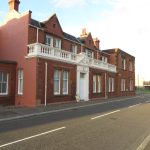 | 1. Madelvic House and Vehicle Production This Victorian red stone building was the original office of The Madelvic Motor Carriage Company. Read more… |
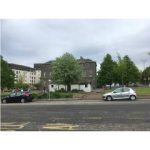 | 2. Granton Square The first tramline in the Granton area dates from 1909. Edinburgh’s modernisation, starting in the 1880s, was from horse-drawn tramcars to cable cars. Read more… |
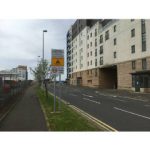 | 3. The Railways The Edinburgh Leith & Newhaven Railway opened on 31 August 1842 between the New Town and nearby Trinity Crescent. Read more… |
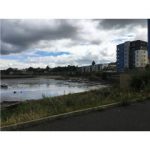 | 4. The Building of Granton Harbour The idea of building a harbour at Granton is said to have been suggested in 1834 by R.W. Hamilton, the manager of the General Steam Navigation Company. Read more… |
 | 5. Granton Ferries In 1849, the Edinburgh, Perth and Dundee Railway Company commissioned Victorian engineer Sir Thomas Bouch to design and build a ferry service at Granton. Read more… |
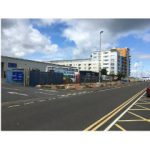 | 6. Granton Harbour, Gunpowder, and Other Industries In 1937, the harbour consisted of a Middle Pier (this road) protected on the east and west sides by two breakwaters, forming two harbours covering a total of 122 acres. Read more… |
 | 7. Granton Esparto Grass In the 1950s, about a third of all the esparto grass that came into the UK arrived at Granton – 100,000 tons of it. Read more… |
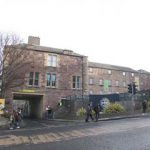 | 8. Northern Lighthouse Board The Northern Lighthouse Board was created by an Act of Parliament in 1786. Read more… |
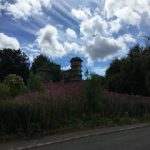 | 9. Original Entrance to Granton Castle This stone structure is the remnant of the original entrance to Granton Castle. Read more… |
 | 10. The Three Bridges From this viewpoint, you get the first glimpses of the three bridges, with the oldest one, the Forth Bridge, nearest. The Forth Bridge is an iconic railway bridge and a UNESCO World Heritage Site. Read more… |
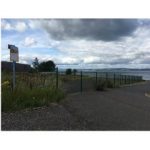 | 11. WWII Air Raid – 16 October 1939 Walking Granton’s shoreline, visitors will often see aircraft overhead making their final approaches towards Edinburgh Airport, but on 16 October, 1939 these same skies were filled with enemy bombers. Read more… |
 | 12. Charles Darwin in Granton Charles Darwin (1809 – 1882) followed in the footsteps of his father and grandfather and entered Edinburgh University to study medicine in 1825. Read more… |
 | 13. Granton Sea Quarry his stretch of grassy fields (Gypsy Brae) was the location of Granton Sea Quarry. The earliest recorded use of stone from this quarry is for Holyrood Palace (1532). Read more… |
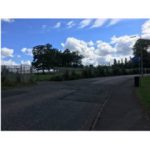 | 14. Granton Gas Works In the 1890s, gas was being produced in Edinburgh, Leith, and Portobello and the sites were operating at full capacity. It was decided to build a substantial new single-site gasworks capable of future expansion. Read more… |
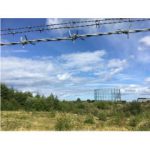 | 15. Granton House Near this site once stood Granton House, a 24-room three-storey mansion with a balustraded roof, built by the Earl of Hopetoun in 1807 on the Duke of Buccleuch’s land as part of a 99-year lease. Read more… |
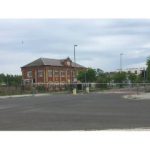 | 16. Granton Gas Works Train Station The Granton Gas Works Station (awaiting repurposing) was opened on 27 February, 1903. This was a substantial station built to take the workers to and from the Gas Works. Read more… |
 | 17. Caroline Park House Caroline Park House, originally known as Royston House, was built around 1585 by Andrew Logan. Read more… |
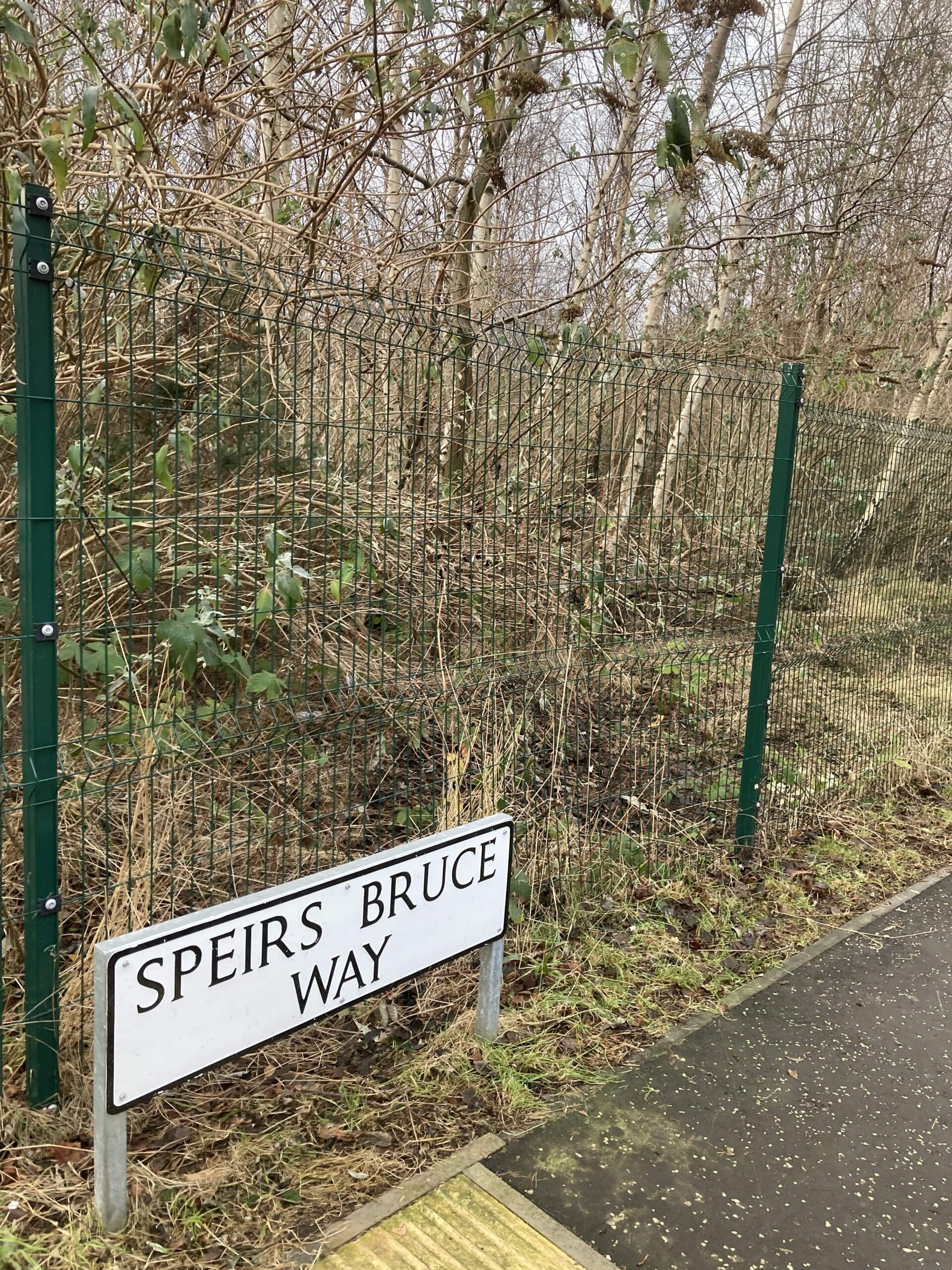 | 18. William Speirs Bruce Way Walk from Caroline Park house to this new walkway. This is named after William Speirs Bruce (1867-1921) one of the foremost, and most successful, polar scientists of his age. Read more… |
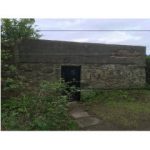 | 19. Granton Castle Walled Garden You will remember in stop 9 where we encountered the original entrance of Granton Castle, facing the Firth of Forth. This stop is the location where nearby the Castle once stood, and these grounds are now developed by Social Bite. Read more… |
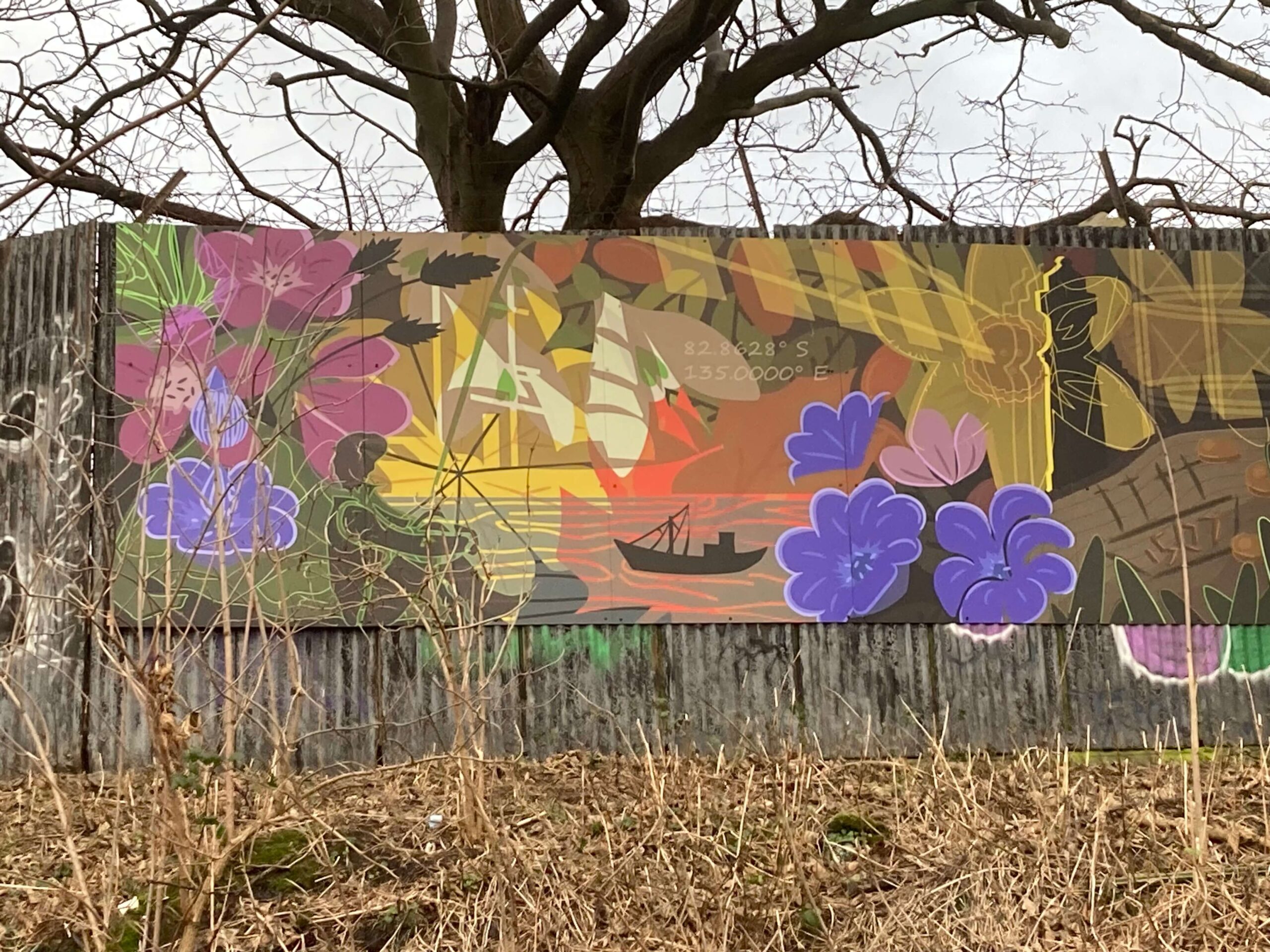 | 20. Granton Mural Granton:hub were awarded funding from Sustrans for a mural designed by Eve Murray telling the story on the history and culture of Granton. Read more… |
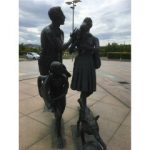 | 21. Granton Industries Near this site, lots of industrial activity took place. Read more… |
 | 22. Madelvic Electric Car Factory We have now returned to Madelvic, the legacy of Sir William Peck (1862 – 1925) who was a Scottish astronomer, scientific instrument maker and a prolific inventor. Read more… |
This tour offers a varied digest of what happened in the Granton area since medieval times with a focus on the industrial heritage throughout the 18th, 19th and 20th century. From quarrying to castles, in addition to manufacturing electric cars, printing oils, and early steel, Granton has been at the forefront of bringing innovation and wealth to Edinburgh. While most of its industries have now vanished, we hope to keep its heritage alive by describing what was once a hive of activity. The scenic walk along the Forth foreshore will bring pleasure, while the stories, including one involving Darwin, will keep a captive audience. The tour is suitable on foot, is wheelchair/pram friendly and can also be done on a bike. It takes around 1.5 hours at a leisurely stroll.
Editorial contributions
This walking tour is produced by Gina Fierlafijn Reddie, with editorial contributions from Linda Garcia, David King, Ian Reddie, and Kenneth Williamson.
With thanks to the history hub at granton:hub, in particular Willie Black, Mariana Forsyth, and Barbara Robertson
Any errors or copyright infringes are unintentional. This tour is for educational purposes. If you have any questions or concerns, please contact ginacarla87@gmail.com
